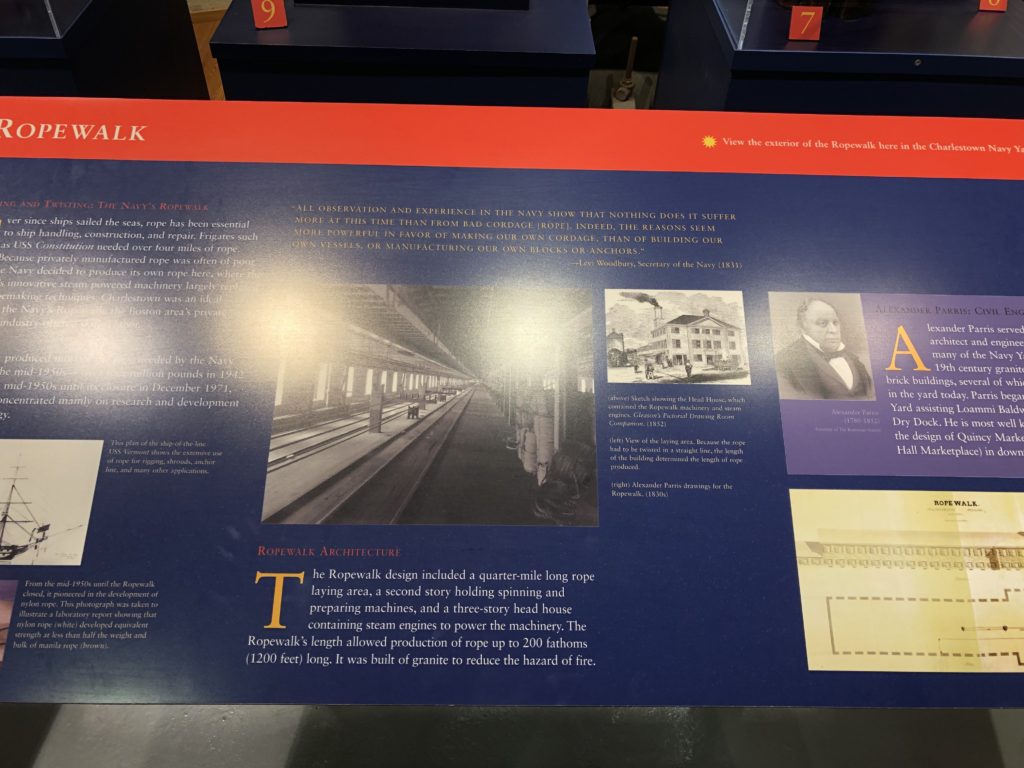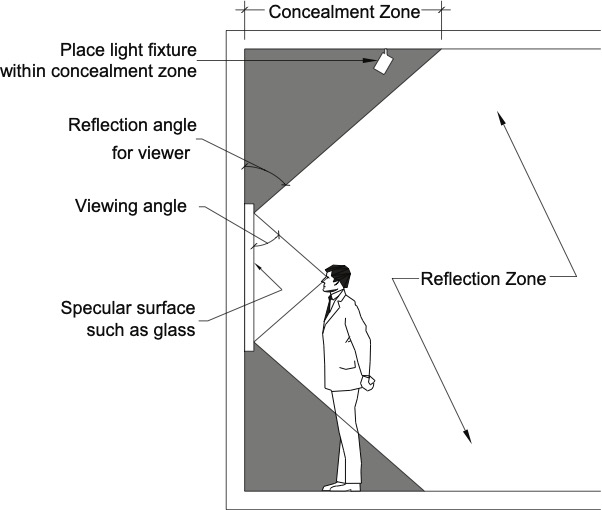Today I want to talk about the lack of photometric information provided by manufacturers because the presentation of information frustrates me in two ways. The first issue is the lack of information provided. The second is the difficulty of finding real world examples of what I teach in class. What’s the value of knowing the point and lumen methods if the information needed isn’t available? It seems to be a problem that’s getting worse and I’m not sure why.
- Do manufacturers not understand photometric calculations, so they don’t see the value in including them?
- Do manufacturers think lighting designers don’t understand photometrics, so they don’t bother including them?
- Do manufactures not understand how lighting designers work, and think all calculations are done in AGI? I suspect this is the answer.
By failing to publish photometrics, manufacturers are dictating my workflow without understanding how I work and why I work the way I do. I rarely name names, but I’m going to make an exception here. Maybe a little photmetric-shaming (one of the most obscure types of shaming, to be sure!) will get manufacturers to change.
Are You a Contender?
When I navigate my way to a fixture web page and open the cut sheet my main goal is to determine if the fixture is a contender. Does it seem to have the features I’m looking for? If not I can move on. If so, the next question is, “Does it have the performance I’m looking for?” Photometrically, I’m looking for general distribution type, followed by more specific distribution information, lumen output and load, and beam angle. If those look good, I’ll scroll down the cut sheet to the photometric section to get some info to run a quick calculation in a spreadsheet that’s open on my desktop. If the fixture works in that quick calculation I’ll download the cut sheet and .ies file and run an AGI calc when I’m ready. What I’m looking for on the cut sheet, depending not the calculation, is:
- Lumen output
- Center beam candlepower
- Beam angle
- Candelas distribution
- Coefficient of utilization (CU) table
For example, I recently went looking for a linear downlight. My first stop was Coronet because I know they’ve recently revamped their historically deficient cut sheets. Are the new cut sheets any better? No. The first page of the cut sheet for the LSR2, for example, now has a section labeled “Optics” (not photometrics) and gives a sort of candlepower distribution curve, but there’s only one number, which seems to be candlepower at nadir but isn’t labeled as such. A separate section at the bottom of the next page shows “Performance” in terms of watts/ft and lumens/ft for three output levels. That’s it. Any reasonable calculation of the fixture’s performance in a space requires downloading .ies files, building a model in AGI, and running a calculation. As I said earlier, that’s not my workflow. I can run a lumen method calc much faster than I can build an AGI calc and I don’t want to be forced into AGI.
Next I looked at Focal Point’s Seem 2. As with Coronet, there’s a candlepower distribution curve. The ordering matrix tells me there are four lumen outputs, and there’s a table of output, watts, and lumens/watt. A lot of page space is given to lengths and controls, but there’s nothing else about photometric performance on the cut sheet. To find any useful information I have to download .ies files and open them in Photometric Toolbox or AGI.
Finally, I looked at Acuity’s Mark Lighting. The cut sheet for the Slot 2 LED presents a table of lumens/ft, watts/ft, and lumens/watt for four output levels, but there’s no candlepower distribution curve or CU table. On the plus side, the information I want is provided, but in a separate location on the web page called Photometry & Revit (BIM). If I click on Report I find a polar candelas graph, zonal lumen summary, CU table, etc. I wish this was in the cut sheet, but at least it’s available.
I have similar complaints about other manufacturers who make fixtures I generally like: Alphabet, USAI, Day-O-Lite, and Ecosense among them.
Let Manufacturers Know
If you’re similarly frustrated let manufacturers know. If you’re at Lightair this week tell them face to face. If not, tell your reps and anyone at the factory you may know.




